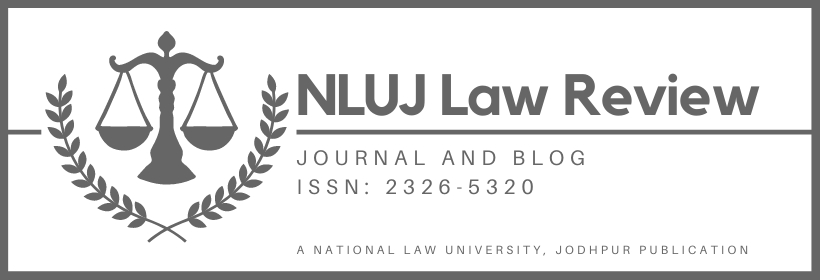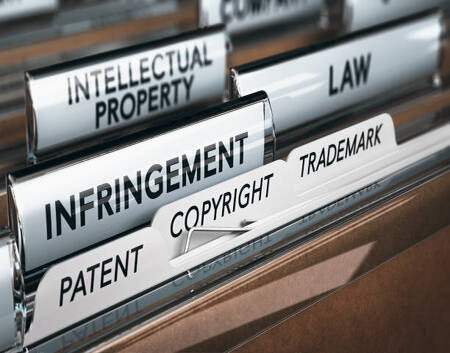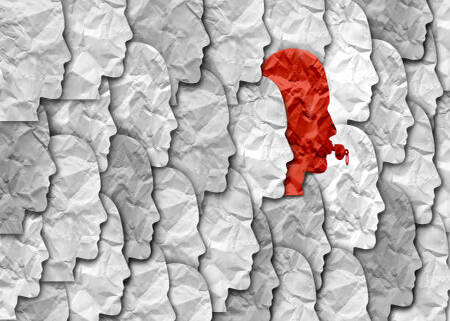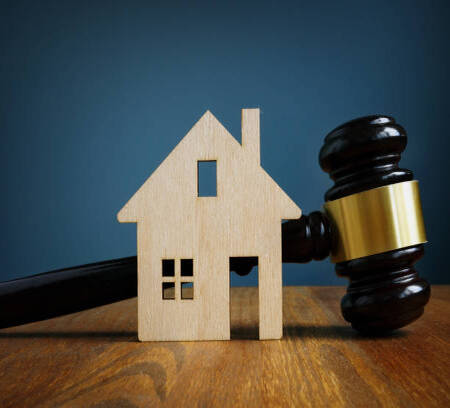Introduction
Non-fungible tokens are the newest fad in the crypto market. They are the tokens that represent ownership of unique items. Unique items may include digital art, music, games and even virtual real estate. While NFTs, at least for now, have a thriving market, there is no clarity regarding the legal rights that NFTs enshrine in their owners. The judgement of the High Court of the United Kingdom, in a case involving theft of NFTs, attempted to clarify the legal rights associated with NFTs by holding that NFTs are property, and can be the subject matter of an injunction order. In holding so the court did not link the NFTs to the underlying digital assets but rather isolated the token itself from the asset it represents.
The authors in this article, in an attempt to critique the judgement of the UK High Court, have made an effort to answer the question as to whether NFTs separated from their underlying assets are property under the Hohfeldian framework or not?
Hohfeldian analysis of Property
A Hohfeldian analysis of the term “property” is critical to define the bundle of rights associated with ownership of a property. It is contended that property does not consist of things, it rather denotes the legal relationship between people simply because ownership is relational by nature. It is put forth that ownership will always include at least two things: a right to use, and a right to exclude. In the Indian jurisprudence also the apex court in the case of B. Gangadhar v. B. G. Rajalingam categorically identified that “ownership chiefly imports the right to exclusive possession and enjoyment of the thing owned”. However, this two-pronged definition is incomplete. Hohfeld believed that legal rights are not entitlements but rather jural relations between people. He said that rights and duty are correlatives, while rights and no-rights are jural opposites. Therefore, the simplistic two-pronged definition of ownership is incomplete on two counts, firstly, the ‘right to use’ is not absolute and the owner has no right to violate contractual obligations, environmental law etc. while exercising his ‘right to use’. Secondly, even when the owner is not in the capacity to exercise his right to exclude, everyone else in the world has a duty to not use the property or interfere in the enjoyment of property by the owner. Therefore, the definition of property under the Hohfeldian framework is that
‘x’ is property of ‘A’ if
- ‘A’ has a right to use ‘x’ while observing the no-rights.
- All non-owners ‘B’ have a duty not to interfere with the enjoyment of ‘x’ by ‘A’.
Hohfeldian analysis imported to the NFT regime
The classification of an NFT within the established jurisprudence of property law can be better analysed by taking the example of NBA Top Shot. It is a blockchain-based online virtual card trading platform that was born out of a partnership between NBA and Dapper Labs. The platform allows its users to trade in NFTs which represent iconic highlights of some of the best players of the NBA universe which are termed as ‘moments’. The terms of use of NBA Top Shot state that “…..when you purchase a Moment in accordance with these Terms (and not through any of the Category B Prohibited Activities), you own the underlying NFT completely.” But the question is do you really own the NFT or are you just lost in the virtual fine print?
For the owners of these NFTs their rights and no-rights are highly ambiguous. While the terms state that purchase of moment grants you ownership of NFT (including the right to sell, swap, or give away the NFT), this ownership does not equate to ownership of the moments. The terms of use provide that purchase of a moment does not give the owner any rights or licences to all other elements of the App, and all intellectual property rights therein. But it is the App that allows the owner access to moments; therefore, without access to the App owners cannot sell, swap, give away or even see the moments.
The obvious conundrum that arises is that if Dapper Labs provide that the owner owns the “underlying NFT completely” how can it have any authority to deny the user a licence to use or modify aspects of the same NFT? The answer is that the moments are not NFT. NFT exists on the blockchain while the moments exist on the private servers running proprietary code. Therefore, though owner’s rights and no-rights are clear when it comes to NFT, they are ambiguous when it comes to the moments themselves. This implies that the owner only has property rights over the token representing the moments, but not the digital assets that constitute these moments.
For non-owners their duty to not interfere is also vague. Once again if the owner owns the underlying NFT completely then everyone else in the world has a duty not to interfere with the owner’s enjoyment of their property. However, the terms of use state that Dapper Labs may at its sole and absolute discretion suspend or terminate the user account or even delete the Moment’s images and description from the app. Therefore, there does not exist a non-owners’ duty to not interfere with the owner’s moment which again points to the fact that NFT is different from the ‘moment’ that it represents.
In addition to this it is to be noted that property by its very nature is an economic good. Economic goods are those which provide some utility or satisfaction, are scarce in relation to their demand and are transferable. NFTs which are backed by the moments are economic goods as they satisfy all requirements of the same. However, an NFT not backed by moments does not satisfy the requirements of economic goods. Since an NFT derives its value from the underlying asset, owning an NFT, after the underlying asset (which the NFT represented) has been deleted would be equivalent to owning a sale deed which provides ownership to a house that simply does not exist. The sale deed would be rendered worthless. Considering an NFT in isolation, delinked from its underlying digital asset, as in the UK judgement, would bring it under the same line of reasoning. Therefore, NFTs in the opinion of authors, under the property law, are not property on two counts, firstly, they are not able to satisfy the Hohfeldian framework and secondly, the NFT separated from their underlying assets cannot be classified as an economic good.
However, there is a flip side to this. Holding the view that NFTs are not property under the Hohfeldian framework would also imply that no remedy lies for the retrieval of stolen or hacked NFTs under property law. This raises concerns since hacks and thefts are increasingly a common problem for NFT holders. The concern is magnified by the fact that the loss caused is astronomically high. The UK court effectively addressed this concern by recognising that an NFT is property capable of being frozen by way of an injunction. Freezing an asset by way of injunction ensures that there is no unjust enrichment of the party that steals an NFT. As Lord Wright stated, that any civilised system of law is bound to remedy cases wherein unjust enrichment or unjust benefit has occurred, prevent the benefactor from keeping such unjust gains. Recognising NFTs to be property in so far as it deals with the unjust enrichment of another party observes the sacred principle of equity. Following the maxim of Ubi Jus Ibi Remedium, holding an NFT to be property in this limited context would allow for a remedy for owners who have been bereft of their property.
Conclusion
When it comes to ascertaining property and its conjunctional rights, property law delineation has always depended on the concept of delineating tangible and intangible things. It is unfortunate, however, that property law doctrines have fossilised over physical or monetary limits, preventing property law from fully addressing the ever-changing world of emergent technologies such as cryptocurrency, NFTs, or other digital assets which do not conform to a single ownership. Because of the current status quo, digital assets have a higher information cost, a lower efficiency and a lower potential for future innovation.
From the foregoing conversations, what emerges is the fact that NFTs separated from their underlying assets do not conform to the requirements of Hohfeldian framework for legal thinghood. However, for the purpose of justice and equity it might be essential to define NFTs as property. In order to do so, it is essential that the tokens are not considered in exclusion of the underlying assets. This can only be done provided that the owners of applications (that the digital assets exist on) conform to legal provisions that regulate their interference with the owner’s NFT. This balance in the application of existing property laws and the regulation of creators of digital assets can be bought if the legislators further develop property law, aiming to adopt a tech-neutral approach.
This article is authored by Dharmvir Brahmbhatt and Natasha Matange, students at Gujarat National Law University.



